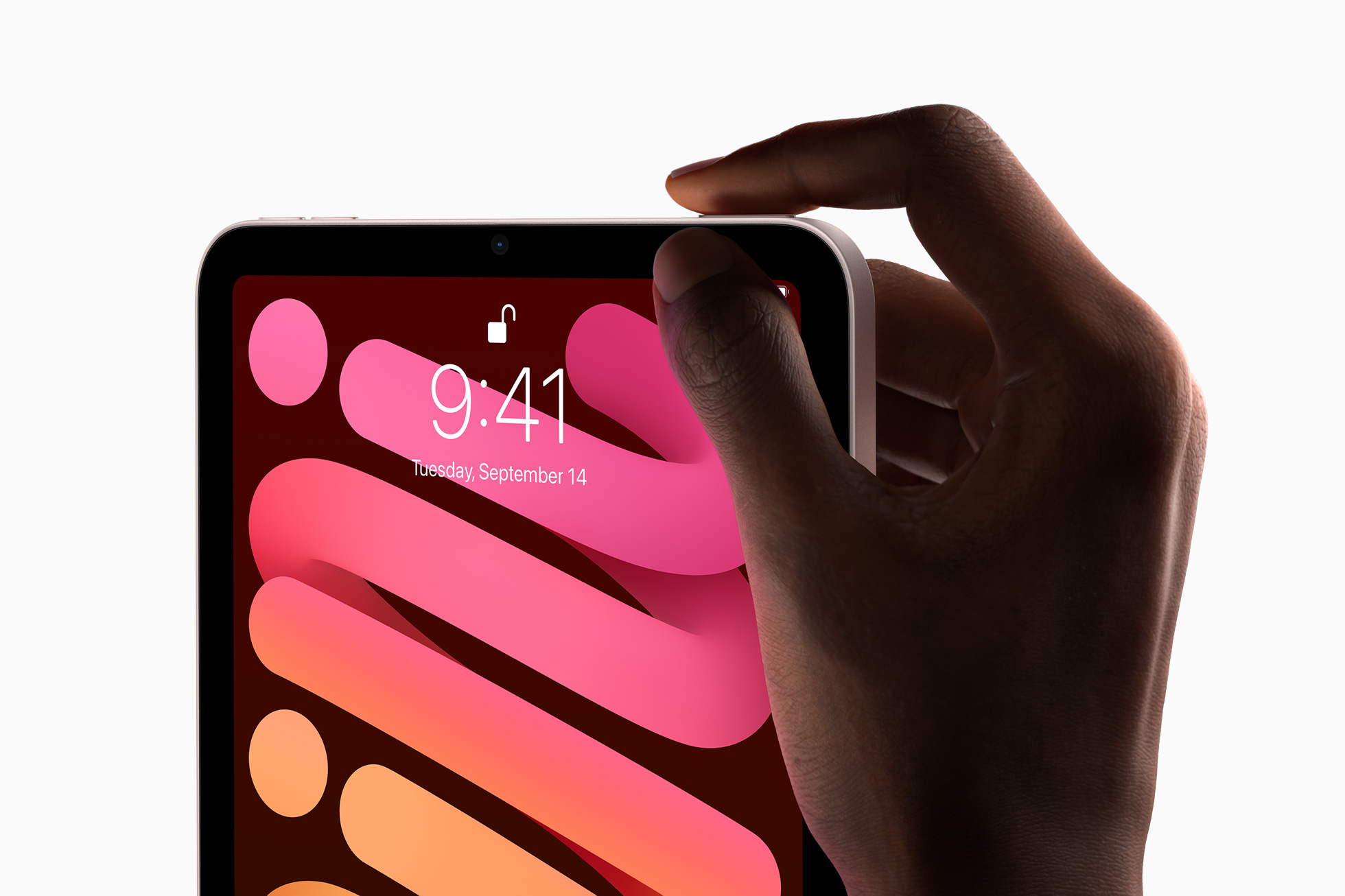Industry reports indicate that Samsung Display started developing sample 8-inch OLED panels for the new iPad mini in April 2024, aiming to begin mass production by mid-2025. This timeline positions the OLED iPad mini for a consumer release in late 2026.
Apple’s strategy of introducing OLED displays cautiously reflects its commitment to quality assurance and thorough market testing. By initially implementing OLED technology in iPad Pro models, Apple gathers essential consumer feedback and addresses potential issues before extending the technology to other models, including the iPad mini.
Ensuring a reliable supply of high-quality OLED panels is crucial for Apple. The company depends on suppliers like LG Display and Samsung to provide these advanced displays, maintaining the high standards Apple demands for its products.
The forthcoming iPad mini will feature an 8.7-inch OLED screen, slightly larger than the current 8.3-inch LCD display. This transition to OLED technology promises several benefits, such as enhanced color accuracy, higher contrast ratios, and improved energy efficiency.

Unlike the iPad Pro’s advanced two-stack LTPO OLED panels, the iPad mini may reportedly use single-stack LTPS panels. Although these panels are less bright, they still offer significant improvements over existing LCDs.
Besides the display upgrade, the OLED iPad mini is expected to include other enhancements, possibly incorporating more powerful processors, better battery life, and solutions to issues present in current models, like the “jelly scrolling” problem. These improvements will help the iPad mini stay competitive and appealing to a broad user base.
Apple’s phased introduction of OLED technology across its iPad lineup allows for efficient management of production costs and technical challenges. By perfecting OLED implementation in the 2024 iPad Pro models, Apple can ensure a smoother transition when rolling out the technology to the iPad mini.














